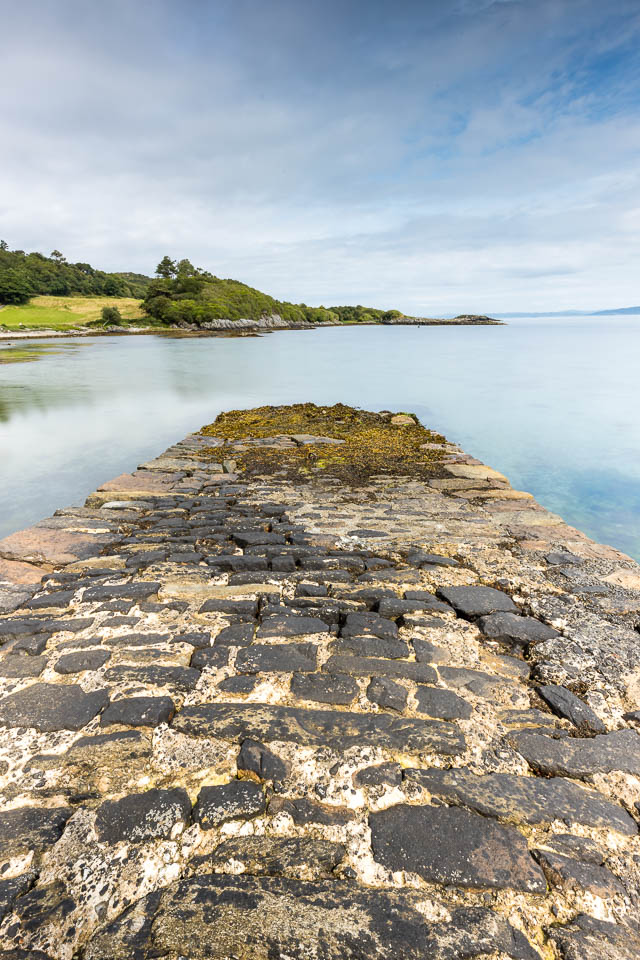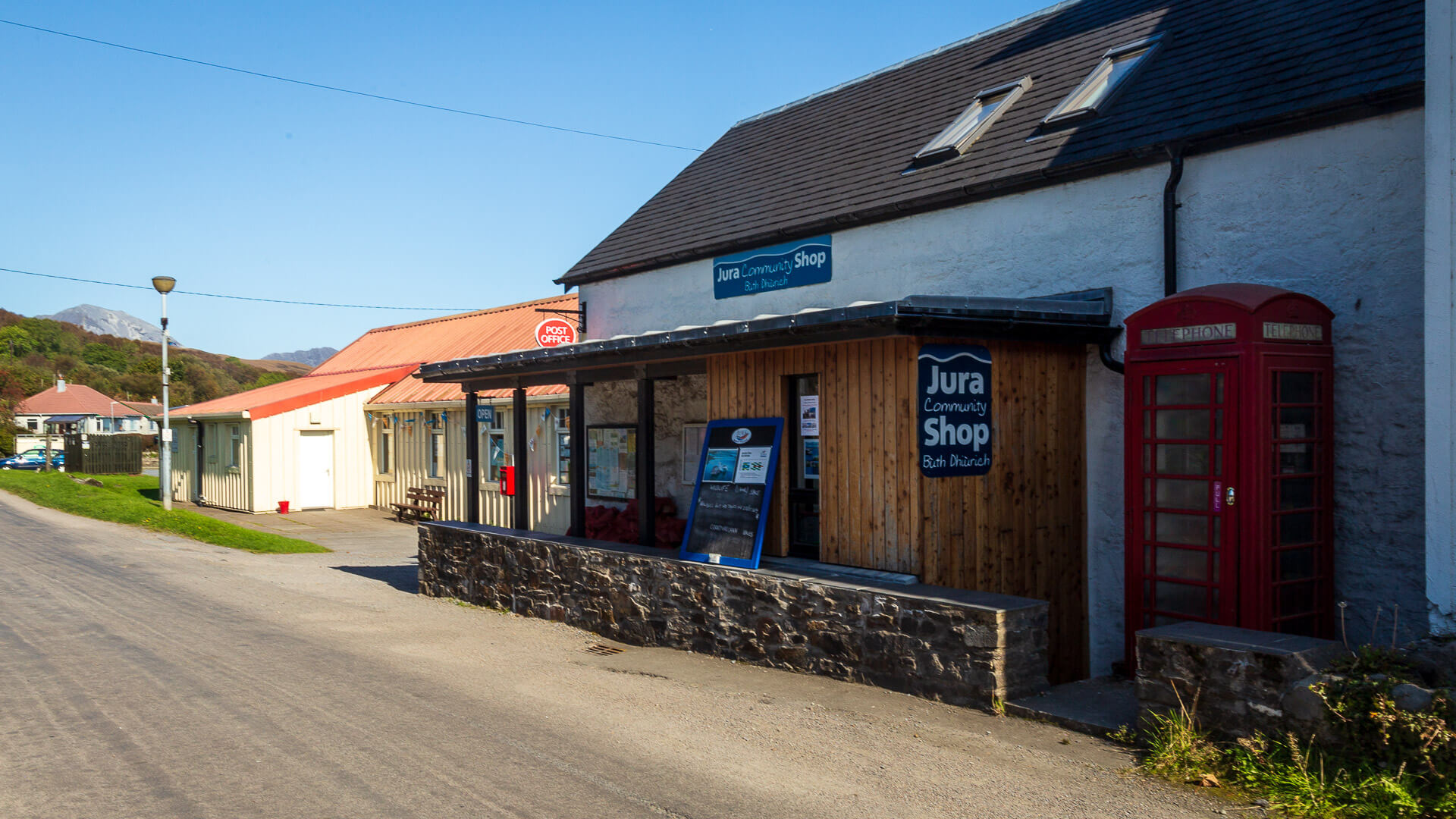

I must say, it surprised me terribly because he always really struck me as being very gentle to animals, in fact I think he was a very gently, kindly sort of man.’…”įrom The Guardian on writing 1984 on Jura…Now Astor stepped in.

“‘We landed in a sort of shingly bay and the first thing we saw was a dirty great adder, an enormous thing and Eric quickly planted his boot right on top of its neck and anchored it to the ground and I fully expected that with the other foot he would grind its head into the ground too – he was obviously intent on destroying it – but he got out his penknife and quite deliberately opened and proceeded more or less to fillet this wretched creature, he just ripped it right open with the thing – quite deliberately.

I wonder if this attitude came from his days in Burma where he may well have seen people die of snake bites. Orwell disliked cruelty towards animals though according to a friend of his this clearly did not extend itself to this adder, rather common on the Isle of Jura, he came upon. Sadly, the island’s damp weather weakened his already fragile lungs and after finishing 1984, he finally left the island for a tuberculosis sanatorium in January 1949. Twelve months later, he died. One day on a fishing trip with friends he was nearly drowned in the infamous Corryvreckan whirlpool. He spent a lot of time with his young son fishing the loch and sea, shooting rabbits, laying lobster pots, and lending his hand at farming: he kept a small vegetable garden and orchard and had sheep, a cow and pig. After “a quite unendurable winter”, he grew to love the isolation and wild beauty of Jura, while writing his most famous novel. A rich friend had let him use a small, remote stone farmhouse called Barnhill seven miles from Ardlussa, the nearest village, on the bleak northern tip of the island. Between 19, George Orwell spent two spells of six months on the Isle of Jura with the aim of giving himself ‘six months’ quiet’ in which to complete 1984.


 0 kommentar(er)
0 kommentar(er)
